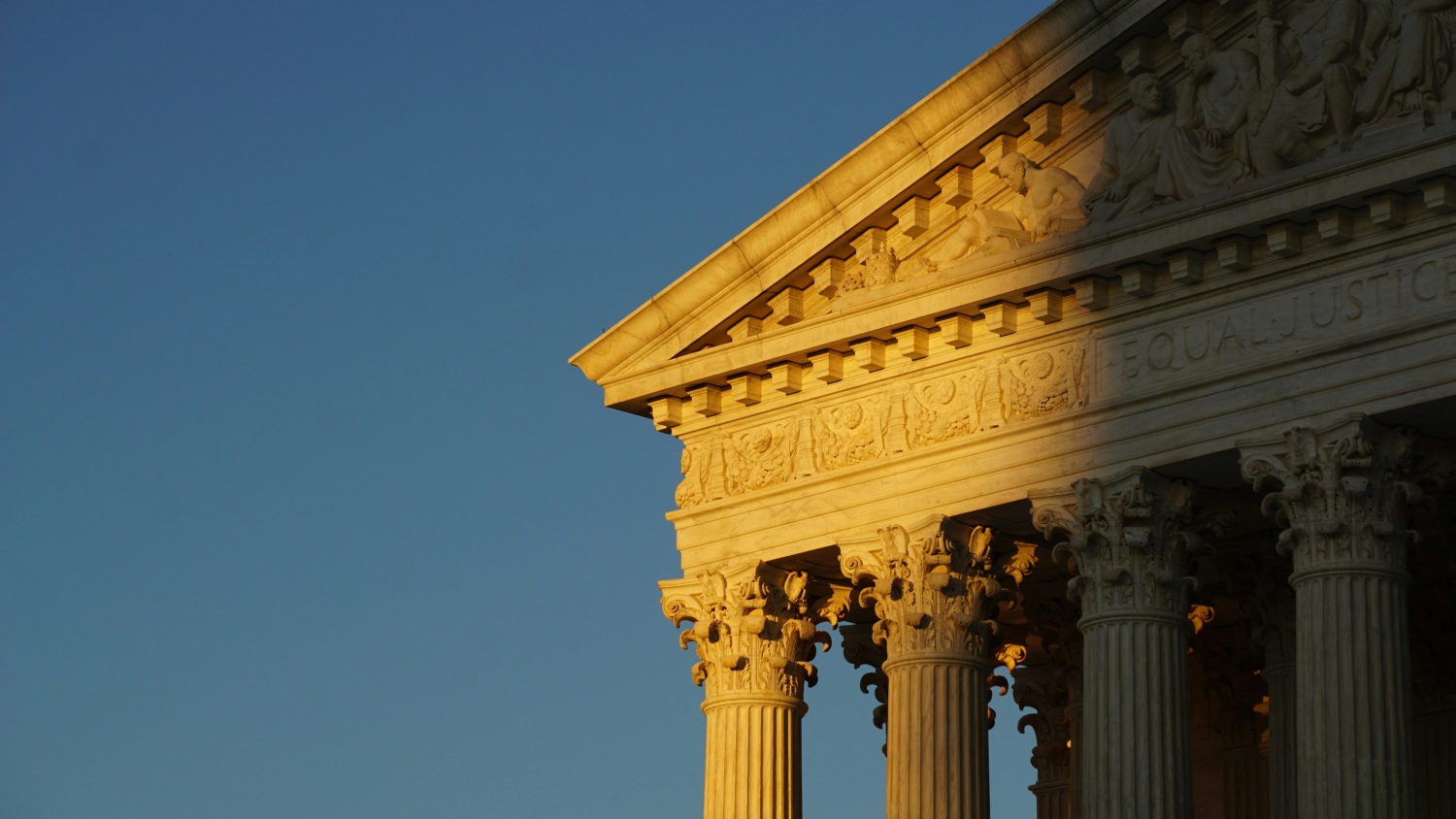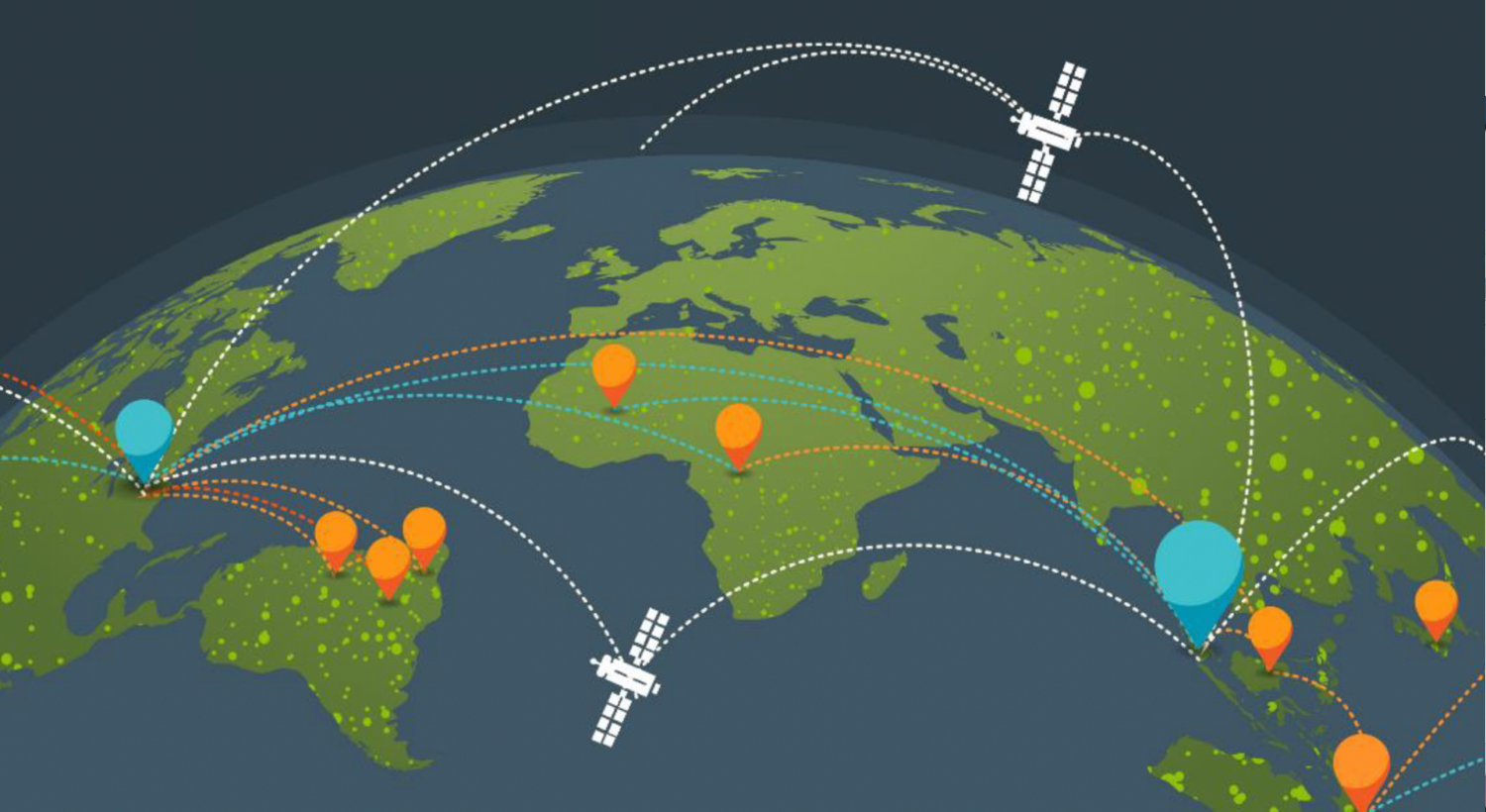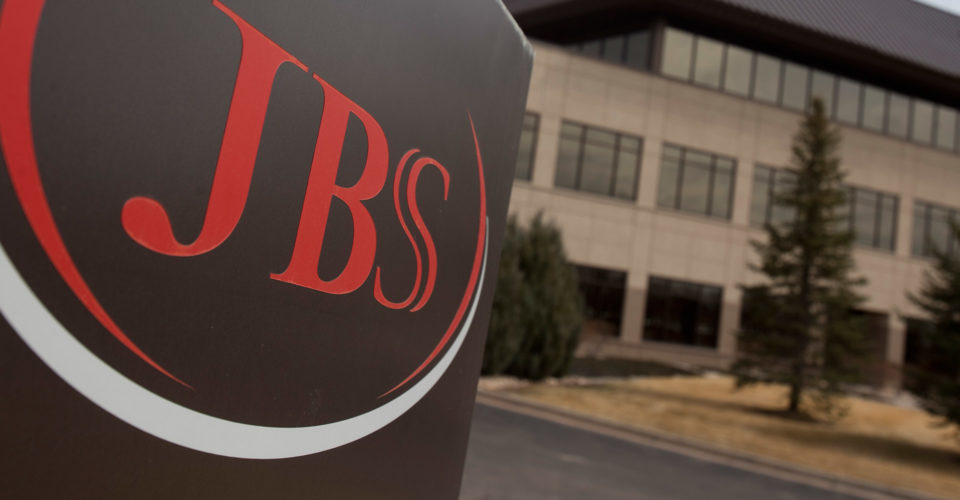
A post-Chevron strategy for protecting the environment
By Glenn Hurowitz, CEO and Founder, Mighty Earth
How can we protect Nature and climate when the Supreme Court is hell-bent on stopping the government from doing so? Last week’s rulings on the Chevron doctrine and Corner Post cases are merely the latest in a string of harum-scarum verdicts that compensate for their legal incoherence with an admittedly consistent North Star: a relentless determination to cripple the government’s ability to provide for the public good.
The air we breathe, the water we drink, and even the little animals with whom we share the Earth now face the prospect of a struggle unaided even by the few governmental guardians they once had—as if they were not imperiled enough by human recklessness, corruption and greed
The list of environmental protections threatened by last week’s decision are seemingly endless: endangered species protections; limits on toxins emitted from power plants; fuel efficiency standards for cars and trucks; offshore wind siting rules; controls on poisons; climate rules authorized by the Inflation Reduction Act; Safe Drinking Water Act rules; liability for environmental pollution, and others.
I won’t spend more time here lamenting how the Court now seems populated by “hacks in robes” – judges who in one case can assert that Congress can give administrative agencies the power they need to make workable rules (Loper Bright); and in another when Congress does exactly that, they assert that their invented “major questions doctrine” means that such a delegation is void (West Virginia v. EPA).
But, as a practical person, I want to tackle the question of how we can drive environmental protection even while the Court tangles up the law in a thicket of dogma and hypocrisy. Put another way, the government may not be able to do its job, but the job still must be done.
For us, this is not a new challenge. Mighty Earth cut its teeth tackling deforestation and climate pollution in countries that struggle with corruption and weak laws; we developed strategies to succeed despite those obstacles. Alas, we quickly found that we needed to apply those same strategies here at home during the Trump administration when corruption came, tragically, to characterize the high command of our own government.
First among those strategies are campaigns to change the private sector. Despite their stranglehold over the courts, and influence in the corridors of power, even the worst polluters and destroyers of Nature need customers, financing, and a social license to operate. We have found over and over again that these needs provide powerful levers to transform these companies. When the people who pay the bills raise questions about how a company can do a better job to protect Nature, executives must listen.
And the good news is that at least in some cases, investors, customers, and the media are knocking on a door that if not flung wide open to greet them, is at least ajar: a growing number of companies are run and staffed by people who sincerely want their enterprise to do good in the world. Many are open-minded when feasible solutions to the big problems facing the world are presented to them.
Mighty Earth has had some big successes in protecting forests and decarbonizing major industries through these approaches, but they did not begin with us.Indeed, markets campaigns could be said to have their origins as far back as the Boston Tea Party (in part, a protest against an East India Company monopoly) and they have a long and noble history of success. When scientists tied the alarming hole in the ozone layer to chlorofluorocarbons (CFCs) that were produced mostly by the Dupont Corporation, campaigners persuaded the company to pledge that it would cease making them if the link between the chemicals and the hole were definitively made. When it was, Dupont agreed to phase them out – and urged the Reagan administration, skeptical as it was of environmental regulation, to support a global ban. That chain of events led to the Montreal Protocol, which has drastically reduced the use of ozone-harming chemicals, and led to one of the great environmental successes and sources of hope of our time: the restoration of an ozone layer that once seemed doomed.
That cause and effect is another reason to double down on private sector action: the benefits rarely end with the private sector. When campaigns convince companies to protect the environment, they suddenly have an incentive to make sure their competitors are subject to the same requirements they have undertaken voluntarily – leading them to support, or at least not oppose, environmental protection. In a more recent example, we found that major parts of the chocolate, rubber, and palm oil industries were, with a bit of encouragement, willing to support the EU Deforestation Regulation even though it covered them, in large part because it would set a clear and responsible level playing field for all their competitors.
In other words, private sector campaigns have always been important to driving change, direct and political. Of course, even in this era of government paralysis, polarization, and judicial takeover, there is still an enormous role for politics and government. For instance, notwithstanding the Supreme Court’s efforts to hobble it, the Inflation Reduction Act is still driving trillions of dollars of investment in climate action. We need governments dedicated to action, and it is possible to imagine a vigorous political party one day delivering majorities that could upend the Court’s mendacious meddling.
But we cannot wait for that happy day. Despite their long history of success, campaigns to move the private sector are underfunded. In our current reality, we need strategies that can deliver transformative change and soon, and scaling private sector action is what Mother Earth’s doctor ordered.


